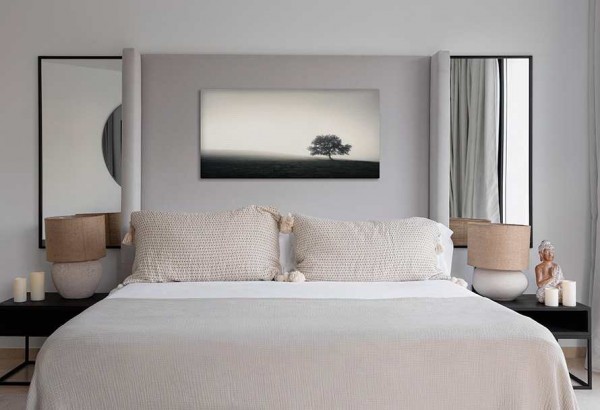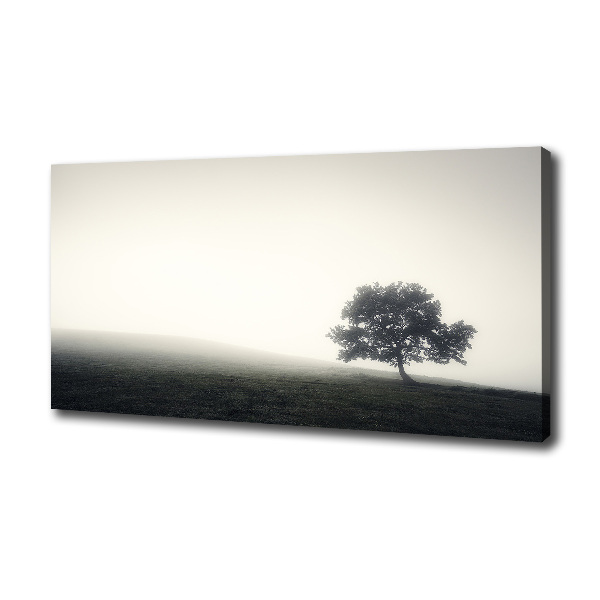Drawing inspiration from the minimalist and nature-inspired ethos of Scandinavian design and the serene and mindful approach of Japanese aesthetics, Japandi style has emerged as a refreshing and sought-after interior design choice. It encapsulates the timeless elegance and understated beauty of both cultures, creating a truly unique and enchanting atmosphere.
In this article, we will discover the essential elements that define the Japandi style, we will delve into the seamless integration of nature in interiors, and we will discover the importance of light and space in creating a calm and inviting atmosphere. What's more, we'll provide you with practical tips and inspiration on how to incorporate the Japandi style into your own home. Whether you want to renovate your living room, bedroom or kitchen, Japandi offers versatile design principles that can be adapted to any space.
Japandi - what style is it?
Japandi style is a captivating fusion that combines the best of Japanese and Scandinavian design philosophies, resulting in a harmonious and balanced aesthetic. It marries the minimalism and functionality of Scandinavian design with the serenity and nature-inspired elements of Japanese aesthetics. Japandi style embraces clean lines, simplicity, and a focus on natural materials, creating a warm and inviting atmosphere. The color palette tends to be muted and earthy, with a preference for neutral tones. Japandi style emphasizes a sense of calmness, bringing together the tranquility of Japanese design and the cozy warmth of Scandinavian interiors. It seamlessly integrates elements of nature, allowing spaces to feel connected to the outdoors. Japandi style is the perfect blend of East and West, offering a refined and contemporary approach to interior design that exudes elegance and timeless beauty.
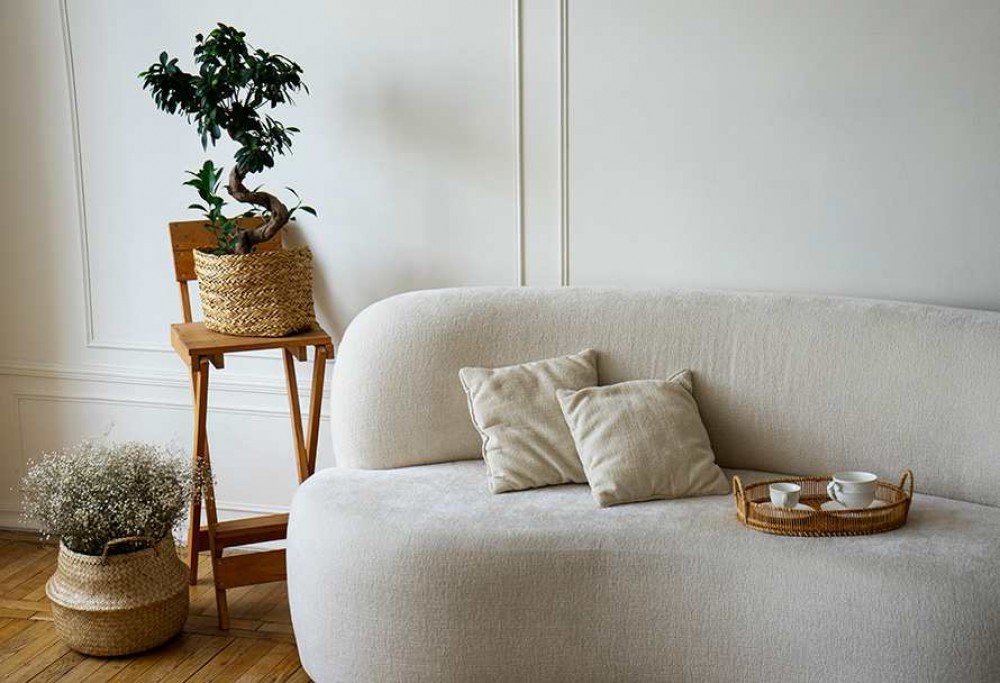
Japandi style - history
The history of Japandi style is relatively recent, emerging as a response to the growing appreciation for both Japanese and Scandinavian design in the global interior design community. The fusion of these two styles began to gain traction in the late 20th century and early 21st century as designers and homeowners sought to combine the timeless elegance of Japanese aesthetics with the functional minimalism of Scandinavian design.
Japandi style offers a contemporary approach to interior design, combining the best of both worlds and resonating with individuals seeking a harmonious balance between simplicity, functionality, and natural aesthetics. It continues to evolve and inspire, captivating design enthusiasts with its refined elegance and enduring appeal.
Key elements of Japandi style in interior decor
Minimalism: Japandi style embraces the principles of minimalism, favoring clean lines and uncluttered spaces. It focuses on essential elements and eliminates unnecessary embellishments, creating a sense of calm and simplicity.
Natural materials: Japandi style incorporates natural materials such as wood, bamboo, and rattan. These materials add warmth, texture, and a connection to nature, enhancing the overall organic and serene feel of the space.
Muted color palette: Japandi style typically utilizes a muted color palette, consisting of earthy tones, soft neutrals, and shades inspired by nature. This subdued color scheme promotes a sense of tranquility and allows other design elements to shine.
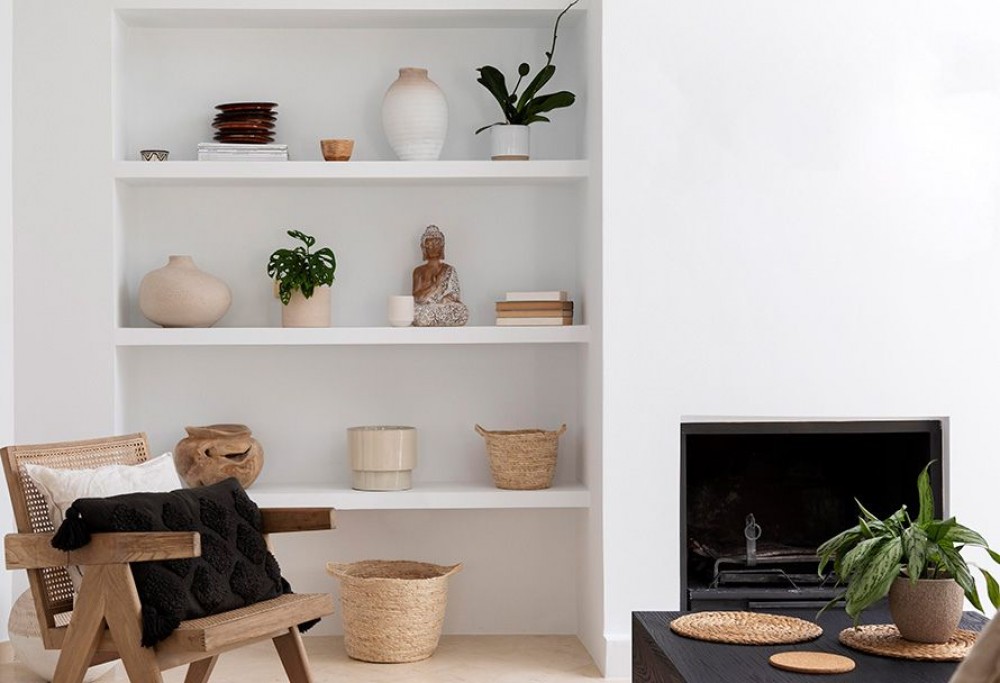
Functional furniture: Japandi style values functionality in furniture design. Pieces are chosen for their practicality and purpose, often featuring clean and simple forms. Multi-functional furniture is favored to maximize space and efficiency.
Natural light: Japandi style emphasizes the use of natural light to illuminate the space. Large windows, skylights, and open floor plans are common features, allowing an abundance of natural light to flow in and enhance the overall ambiance.
Minimalistic decor: Decorative elements in Japandi style are kept minimal and purposeful. Few carefully curated accessories, such as handmade ceramics, natural textiles, and wall art prints, are used to add interest and bring a touch of personality to the space.
Indoor greenery: Incorporating indoor plants and greenery is an important aspect of Japandi style. Plants not only add a sense of freshness and vitality but also connect the interior to the natural world, reinforcing the calming and grounding qualities of the design.
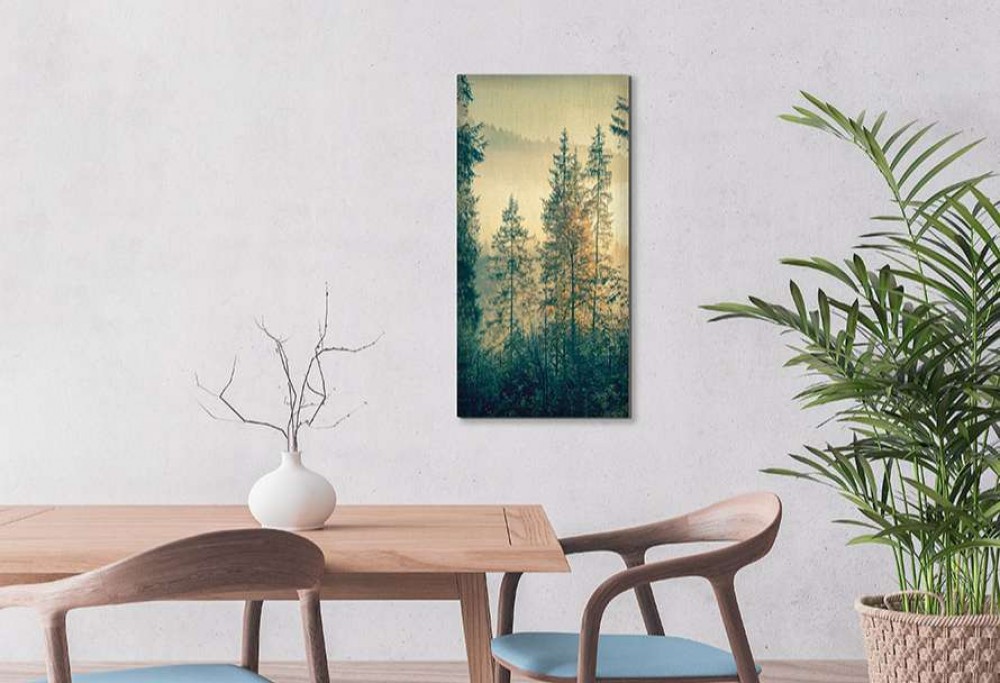
Embracing space: Strategic use of empty space creates a visual pause and enhances the overall tranquility and simplicity of the design.
Attention to detail: Japandi style values craftsmanship and attention to detail. Handcrafted elements, intricate joinery, and carefully selected accents showcase the meticulous craftsmanship that underlies the design.
How to arrange an interior in japandi style?
First and foremost, embrace minimalism by decluttering and keeping only essential items. Opt for furniture with clean lines and simple forms, such as a sleek wooden dining table or a minimalist Scandinavian-inspired sofa. Incorporate natural materials like light-toned wood flooring or rattan chairs to bring warmth and texture to the space.
Consider painting the walls in soft neutrals like beige or light gray, and complement them with natural accents like dried flowers or woven baskets. Introduce indoor plants and greenery, such as a bonsai tree or potted bamboo, to connect with nature and add a refreshing touch.
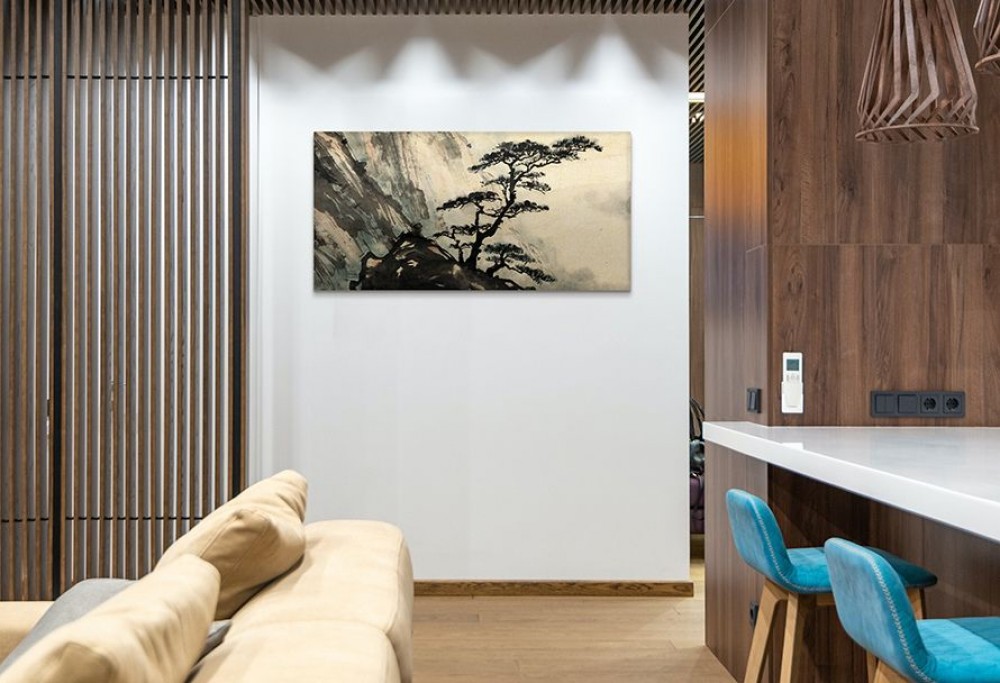
Emphasize natural light by allowing it to flow freely through large windows and using sheer curtains or blinds. Incorporate pendant lights with minimalist designs or sleek floor lamps to provide warm, ambient lighting.
Decorative elements should be kept minimal yet purposeful. Display a few carefully selected pieces of artwork that evoke a sense of calmness, such as a serene landscape wall art or a minimalist abstract print. Choose handmade ceramics or pottery for functional items like bowls or vases, adding a touch of craftsmanship and uniqueness to the space.
To create a sense of balance, incorporate negative space strategically. Leave empty spaces on shelves or countertops, and avoid overcrowding walls with too many decorations. This allows the eye to rest and appreciates the simplicity of the design.
In the spirit of Japandi
By incorporating key elements of the Japandi style, we can transform our living spaces into oases of tranquility and timeless beauty. Once we embrace this design philosophy, we find ourselves surrounded by clean lines, purposeful objects, and a sense of Zen peace that permeates every corner.
Let the Japandi style be your guide as you embark on a journey of creating spaces that reflect your appreciation for simplicity, warmth and conscious living. Whether you're renovating an entire home or incorporating subtle Japandi style elements, the combination of Japanese and Scandinavian design will no doubt leave a lasting impact.


